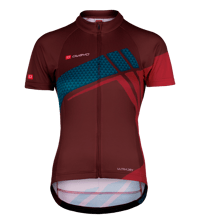Planning a cycling trip: Tips from the expert
How to plan your multi-day cycling tour
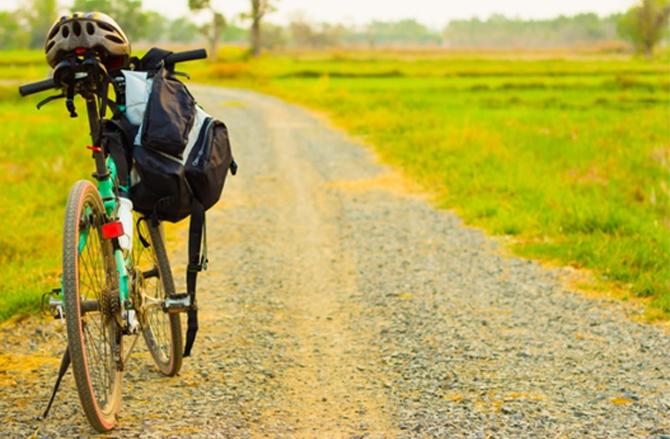
Get out of everyday life and into nature. On a multi-day cycling tour, you can experience landscapes in all their diversity. Our cycling travel expert, Martin Moschek, reveals what you should pay attention to when planning your cycling trip – from choosing the right route to selecting the proper equipment.
Contents:
- Expert tips for your cycling trip: Martin Moschek reveals what matters most
- Preparing for multi-day cycling tours
- Choosing the right route
- Navigating correctly
- Plan B – What to do in bad weather?
- Taking breaks
- Well prepared: The right clothing for every weather condition
- Planning a cycling trip: The right equipment
- Plan your cycling trip, saddle up, and get going!
Expert tips for your cycling trip: Martin Moschek reveals what matters most
The enthusiastic hobby cyclist Martin Moschek reports from his bike tour Biketour Global blog about his exciting trips all over the world. Since 1991 he has been on the road and has travelled 55 countries and over more than 100.000 km. In an interview, he sheds light on how to plan a cycling trip of several days.
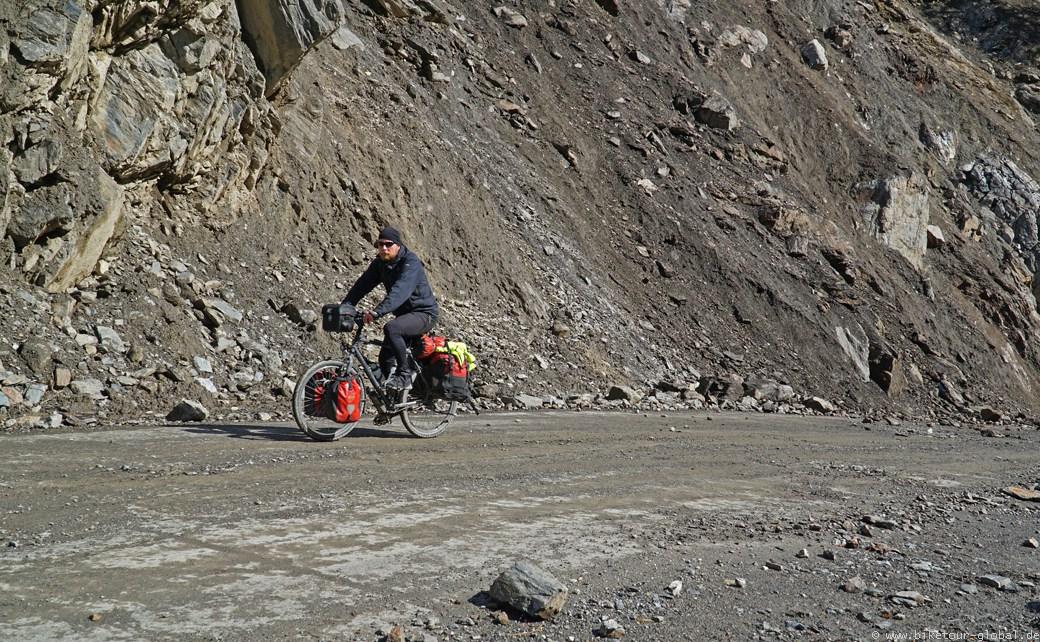
Preparing for multi-day cycling tours
A longer cycling tour requires careful planning. The right preparation and a well-thought-out plan will determine whether everything runs smoothly and you can truly enjoy the tour.
“The start of planning mainly depends on the type and length of the tour. For tours lasting up to one week, I usually start two days before thinking about what the route should look like and what I’m going to pack.”
“So, not much preparation is needed for these short tours. When I’m planning longer tours, I usually start about 6 months in advance with an initial plan regarding the destination and approximate route. Then I begin researching the journey there and mapping the route in more detail to plan the time needed. I pack the day before — and then it’s time to go!”
Choosing the right route
The first thing to consider is, of course, where you want to go. Different regions present different challenges – and incentives. The choice of the right route therefore depends on factors such as your own fitness level (and that of your fellow riders) and the suitability of your bike for the given terrain.
No matter where your journey takes you: find out in advance whether the route is suitable for cyclists. Especially for cycling tours with children, you should make sure that there are dedicated cycle paths or that the route leads through traffic-calmed areas.

Mr. Moschek reveals which other criteria influence the choice of route:
“Often there is only one route, but I always try to make sure it doesn’t go along major roads, preferring routes through the countryside instead. Of course, route planning is not just about getting from A to B. I often also look for interesting places to visit or beautiful landscapes to enjoy along the way.”
When planning a multi-day cycling tour, the length of each stage mainly determines suitable rest stops and accommodations. Estimate your personal daily performance realistically to roughly plan the stages and route of your cycling trip. It’s better to allow some buffer time rather than overestimating yourself – this is especially important if you don’t have much experience with cycling tours.
This is how the cycling expert approaches his route planning:
“The length of each stage depends entirely on experience and motivation. I usually think about the stage goals on the day itself. Of course, there are always highlights where I like to stay longer and try to include them as intermediate stops. However, for longer cycling tours, you shouldn’t spend too much time planning – things will change along the way anyway.”
“I plan my riding times in daily kilometers. Depending on the terrain and road conditions, that’s between 80 and 130 km per day. How long it takes me depends on my condition and the weather.”
Untrained or inexperienced cyclists are well advised to plan daily stages of 20 to 30 kilometers. The same applies if you want to focus on enjoyment rather than athletic performance. If your fitness level is high, you can plan for longer daily stages of around 50 kilometers or more.
Navigating correctly
No matter where your journey takes you – navigation should already be part of your planning process. Thanks to the elevation and distance measurement tools in Google Maps or other route planners, you can quickly and easily map out your desired routes in advance.
Practical smartphone mounts for the handlebars ensure good orientation on the road and save you from buying an expensive navigation system. For safety, however, always take a map of the region with you in case your battery or internet connection fails.

Plan B – What to do in bad weather?
A major problem when planning cycling trips is unreliable weather forecasts. Unexpected rain showers or prolonged periods of rain can quickly ruin your plans. Especially fair-weather cyclists should prepare a plan B for such cases.
“Rain and snow are no reason for me not to ride. It’s just different then. Strong storms might mean taking more breaks or finishing earlier for the day. In Iceland, I once stopped around noon and waited until the weather calmed down again. The only way to prepare is to include an appropriate time buffer when planning your trip, especially in regions with more unpredictable weather. For my Patagonia tour in spring 2017, for example, I planned two extra days as a buffer for bad weather.”
Taking breaks
Rest days allow you to recharge your energy. They’re also a great opportunity to explore cultural highlights, sights, or the surrounding area. The challenge lies in creating an ideal balance between relaxation and experience, even during short breaks.
“I don’t plan my breaks – I take them whenever I feel like it. It’s individual, and often the body itself dictates when and how to take a break. A cycling tour isn’t necessarily exhausting. It’s not a race, it’s a tour. Sometimes it’s demanding, sometimes it’s not. The main thing is that it should be fun.”
I use longer breaks to visit sights, restock my supplies, wash my clothes, check the bike and equipment, and surf the internet a bit.
“In Iceland, I once climbed a glacier; in Tibet, I visited Lhasa; and in Patagonia, I plan to see a large glacier and a national park.”
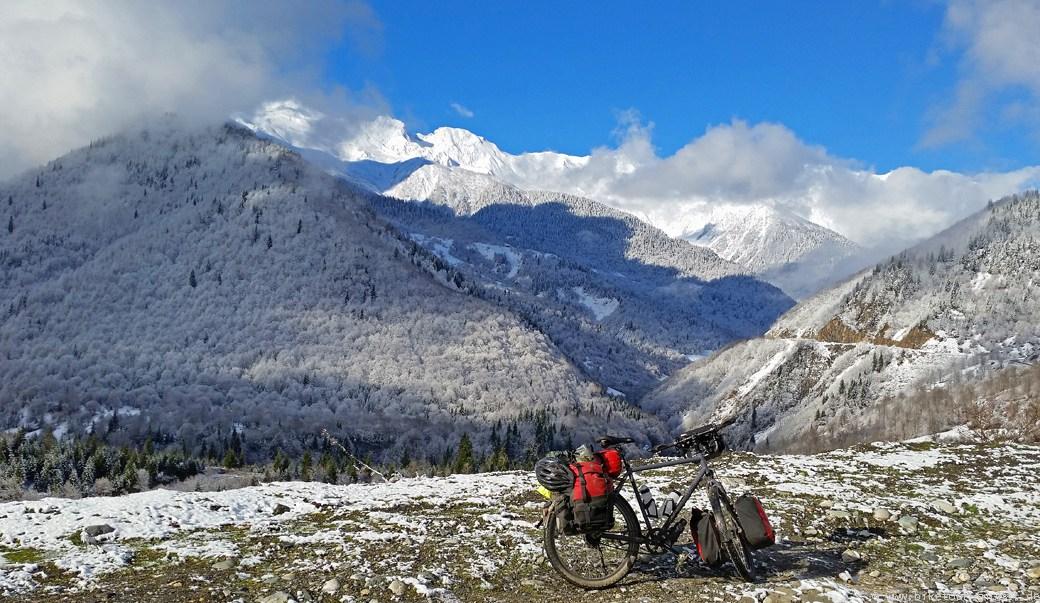
To avoid having to search for suitable accommodation at dusk and possibly pay overpriced rates, you should carefully plan the number and duration of your overnight stays in advance. Look for and compare accommodations or campsites. Ideally, you’ll find bike-friendly lodgings that offer special services for cyclists, such as secure storage and bike repair tools.
“I camp [...] on campsites about 90% of the time. The other 10% I spend in hostels. There are countries where camping isn’t ideal, but where you can find cheap rooms for 5 dollars. In Germany, I always camp.”
Well prepared: The right clothing for every weather condition
The layering principle is also recommended when cycling, allowing you to put on or take off individual clothing layers depending on the weather conditions.
Lightweight functional underwear quickly wicks away moisture and ensures that you don’t start freezing when you sweat. Depending on the temperature, add one or more layers of outer clothing, such as a cycling jersey, T-shirt, or thin sweater. As the top layer, a jacket made from water-repellent, breathable material is recommended to protect you from both wind and rain.
In our 3D configurator, you can design your own custom and professional cycling jersey in no time. Choose the design, colors, and lettering entirely according to your preferences and show everyone on the road what a great team you are.
Planning a cycling trip: The right equipment
The length of your cycling tour determines how many bags you’ll need. While a simple backpack is sufficient for a day trip, you should upgrade your gear accordingly if you’re planning a multi-day cycling tour.
A combination of panniers and a handlebar bag has proven to be effective. The right weight distribution is crucial for riding comfort. As a general rule, Martin Moschek advises:
“Heavier items should go towards the bottom of the bags. The luggage should be distributed about 60% at the back and 40% at the front.”
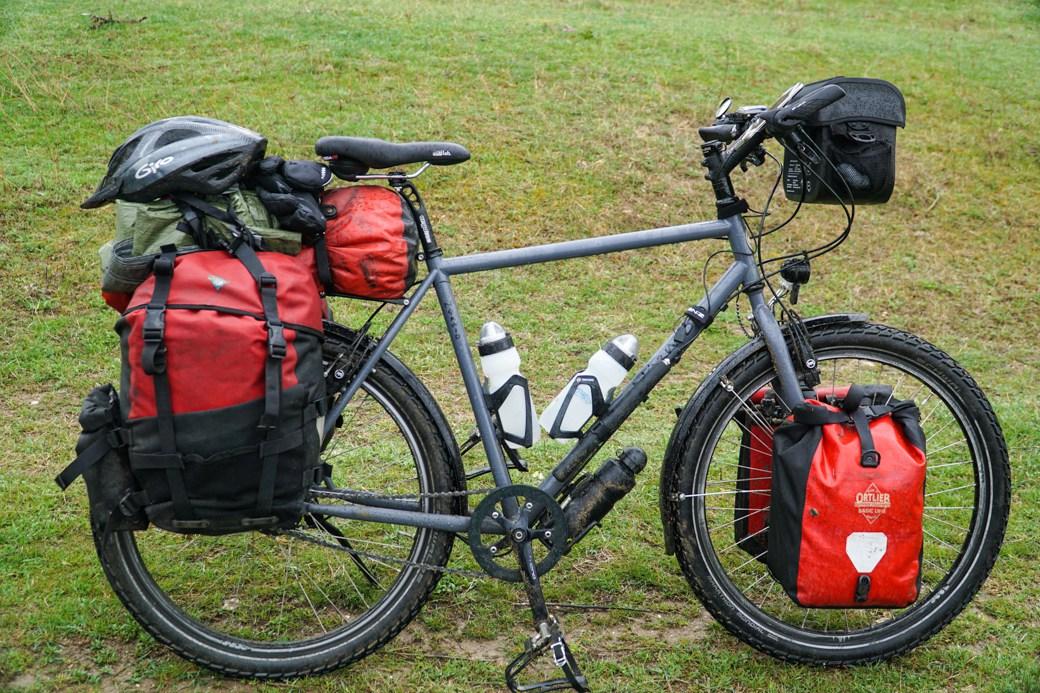
What Should I Pack?
No matter how experienced you are in preparing and planning long cycling tours, even professionals should think carefully about the necessary travel gear before setting off. On group cycling tours, luggage can be divided among participants so that each rider contributes to the group’s provisions. Among the personal must-haves that every rider should carry are enough money and a smartphone.
Our expert shares more tips for long cycling tours:
“I have a separate packing list for each tour. Even though I generally know what I’m taking with me, creating such a list and working through it is simply part of the preparation.”
Everything I take with me on tour has been optimized over the years. I travel with about 15 kg of luggage, not including food and water, even on long tours.
New on board is a camping stove, which I consider more of a luxury item and don’t really need while on the road.
I always carry my Leatherman tool, which I bought in 1998 during my tour from Germany to India in Kathmandu. I’ve also had a small cutting board with me for almost 20 years — it’s quite worn out by now, but it still serves me well.
And of course, I always take my travel journal with me. I still write down my experiences of the day and make notes for articles or specific photos. I can’t imagine a long tour without my journal.
On his blog, Martin Moschek has published the detailed packing lists of his Caucasus, Iceland, and East Africa tours.
The bike check
A bike check is an essential part of preparing for any cycling tour — no matter the distance.
What you might hardly notice on your way to the train station can, on a multi-hour or multi-day cycling tour, drain your energy — or even endanger your safety and that of your fellow riders.
Rubbing brakes, poorly oiled chains, or an incorrectly adjusted saddle should be repaired and adjusted beforehand. A functionality and safety check before setting off saves both energy and nerves.
If you want to be on the safe side, take your bike to the nearest workshop. Especially if you’re planning a multi-day cycling tour, the cost will quickly pay off.

Plan your cycling trip, saddle up, and let’s go!
Now you’re ready to go: start planning your cycling trip right away! With our tips, nothing can go wrong on your journey. We would like to thank Martin Moschek for the interview and wish him continued success on his exciting cycling adventures.
Image credits: Cover image: Arochau/stock.adobe.com, Images 2, 5, 6: Martin Moschek, Image 3: eyetronic/stock.adobe.com, Image 4: primipil/stock.adobe.com, Image 7: anatoliy_gleb/stock.adobe.com



